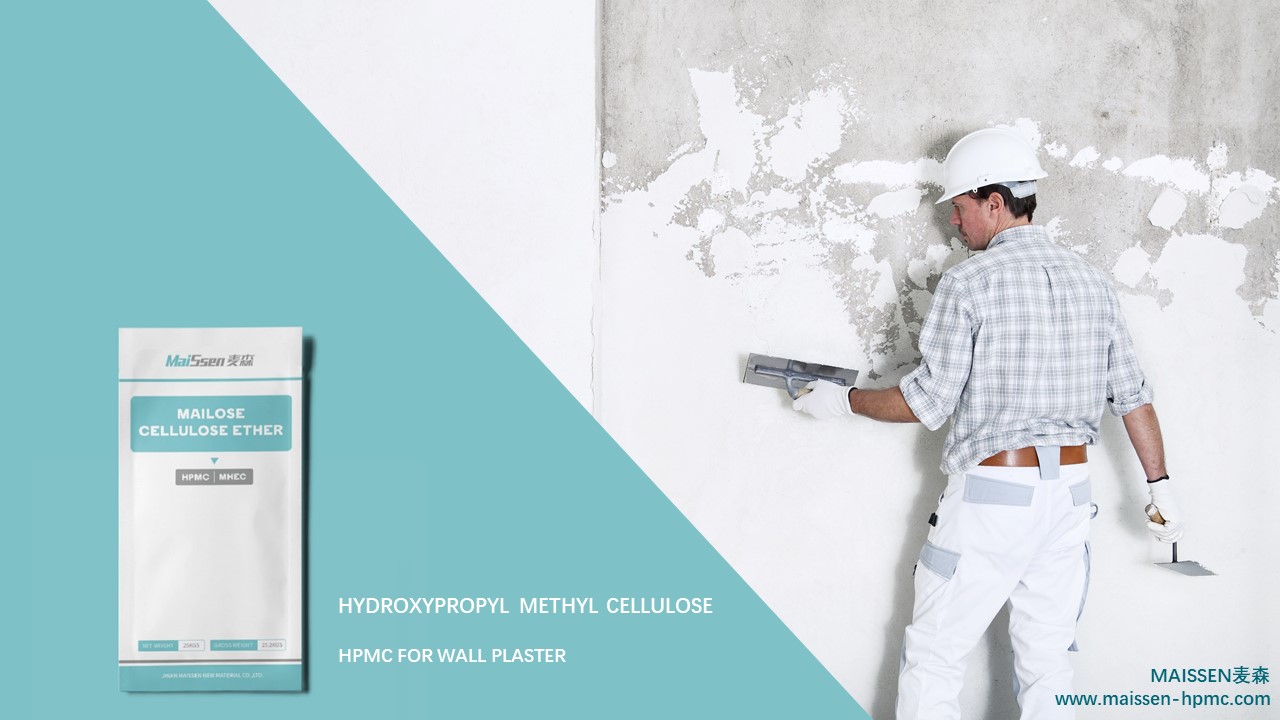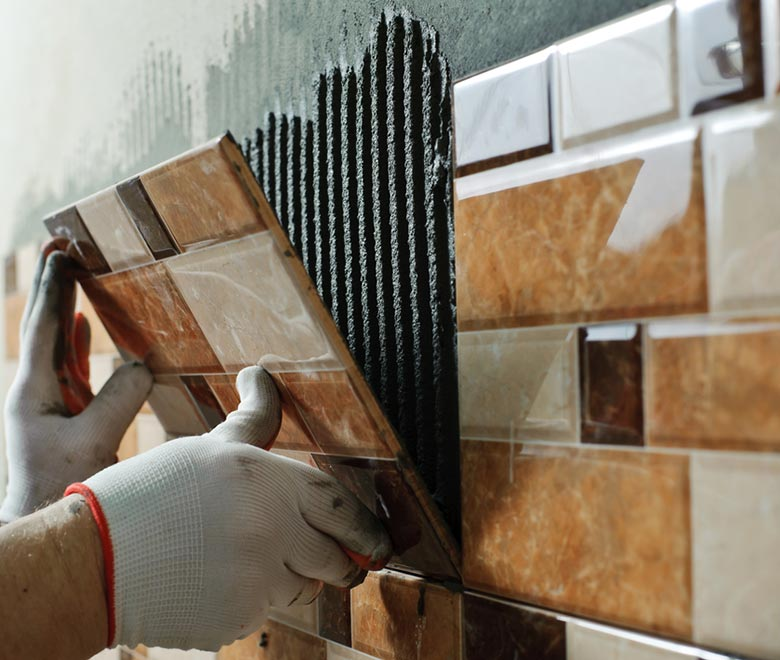The Role of HPMC
HPMC is mainly used as a dispersant in the production of polyvinyl chloride, and is the main auxiliary agent for the preparation of PVC by suspension polymerization. In the construction process of the building industry, it is mainly used in mechanized construction such as wall masonry, plastering, caulking, etc.; especially in decorative construction, it is used for pasting tiles, marbles, and plastic decorations, with high bonding strength, and can reduce the amount of cement . Used as a thickening agent in the coating industry, it can make the layer bright and delicate, without powdering, and improve the leveling performance.
In cement mortar and gypsum-based slurry, HPMC mainly plays a role of water retention and thickening, which can effectively improve the adhesion and sag resistance of the slurry. Factors such as air temperature and wind pressure speed will affect the volatilization rate of water in cement mortar and gypsum-based products.

Therefore, in different seasons, there are some differences in the water retention effect of the same amount of HPMC.
In the specific construction, the water retention effect of the slurry can be adjusted by increasing or decreasing the amount of HPMC added. The water retention of methyl cellulose ether under high temperature conditions is an important indicator to distinguish the quality of hydroxypropyl methyl cellulose ether. Excellent hydroxypropyl methyl cellulose series products can effectively solve the problem of water retention at high temperatures. In high-temperature seasons, especially in hot and dry areas and thin-layer construction on the sunny side, high-quality HPMC is required to improve the water retention of the slurry.
MAISSEN's HPMC has very good uniformity. Its methoxy and hydroxypropoxy groups are evenly distributed along the cellulose molecular chain, which can increase the oxygen on the hydroxyl and ether bonds. The ability of atoms to associate with water to form hydrogen bonds turns free water into bound water, thereby effectively controlling the evaporation of water caused by high temperature weather and achieving high water retention. In order to set cementitious materials such as cement and gypsum, water is required for hydration. The correct amount of HPMC can maintain the moisture in the mortar for a long enough time so that the setting and hardening process can continue.
The amount of hydroxypropyl methylcellulose (HPMC) required to obtain sufficient water retention capacity depends on:
1. The absorbency of the base layer
2. Composition of mortar
3. Layer thickness of mortar
4. Water demand of mortar
5. Setting time of cementitious material
Hydroxypropyl methyl cellulose can be uniformly and effectively dispersed in cement mortar and gypsum-based products, and wrap all solid particles, and form a layer of wetting film. The water in the base is gradually released over a long period of time. The cementitious material undergoes hydration reaction to ensure the bonding strength and compressive strength of the material.
Therefore, in the high temperature summer construction, in order to achieve the effect of water retention, it is necessary to add high-quality HPMC products in sufficient quantities according to the formula, otherwise, insufficient hydration, reduced strength, cracking, hollowing and falling off will occur due to excessive drying. Problems, but also increase the difficulty of construction workers. As the temperature drops, the amount of HPMC added can be gradually reduced, and the same water retention effect can be achieved.
If you want to know more about HPMC, please click more about HPMC.










